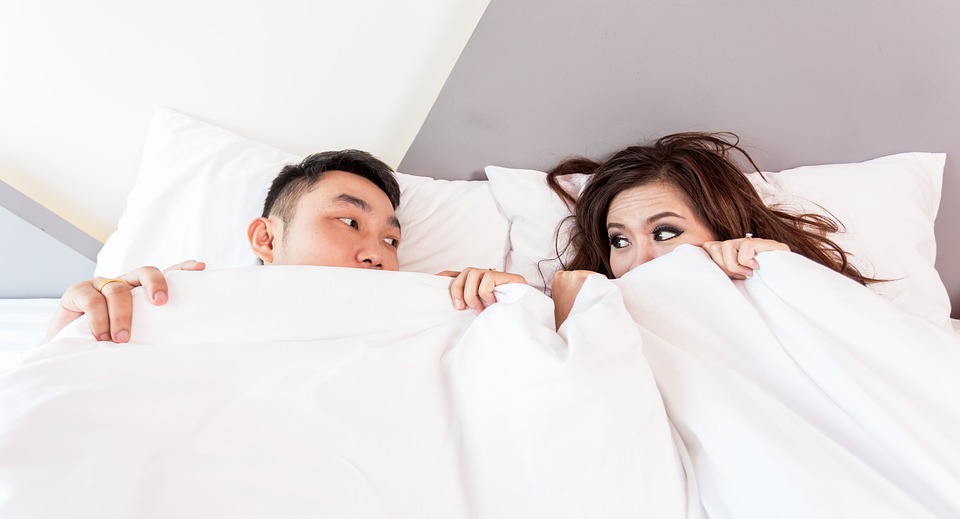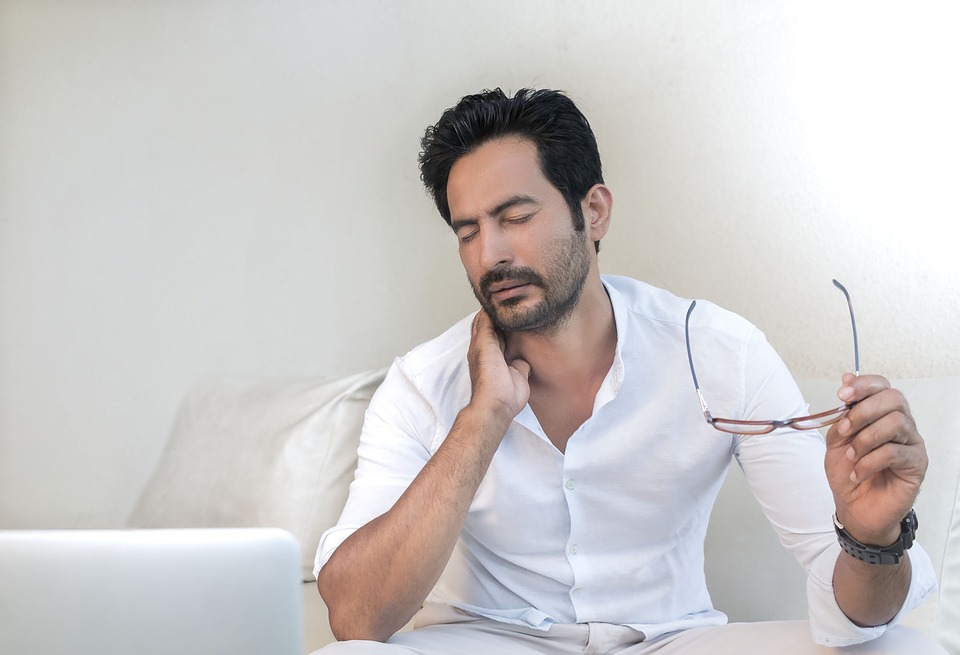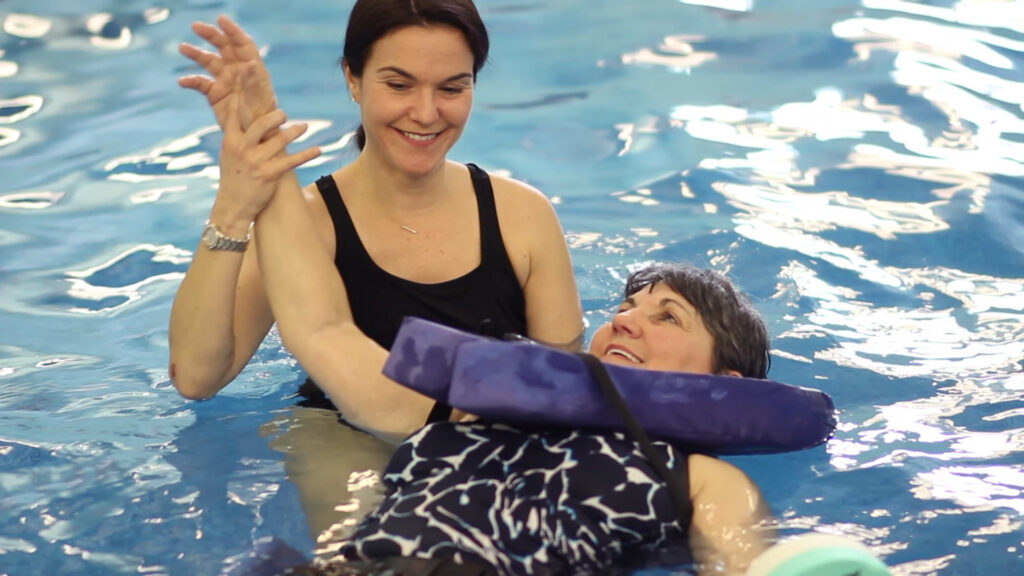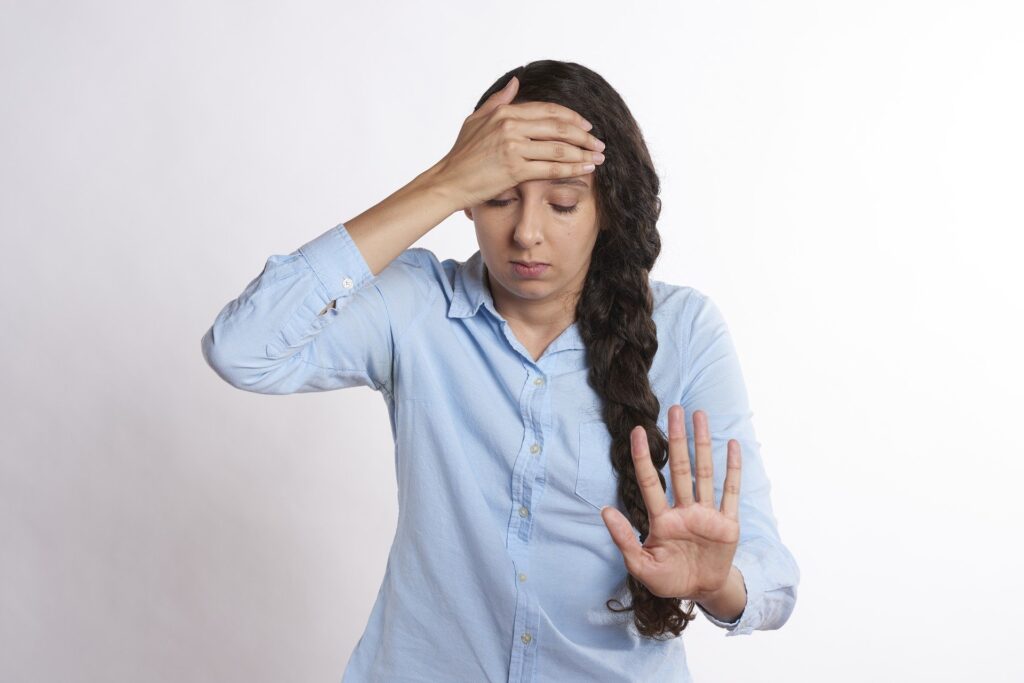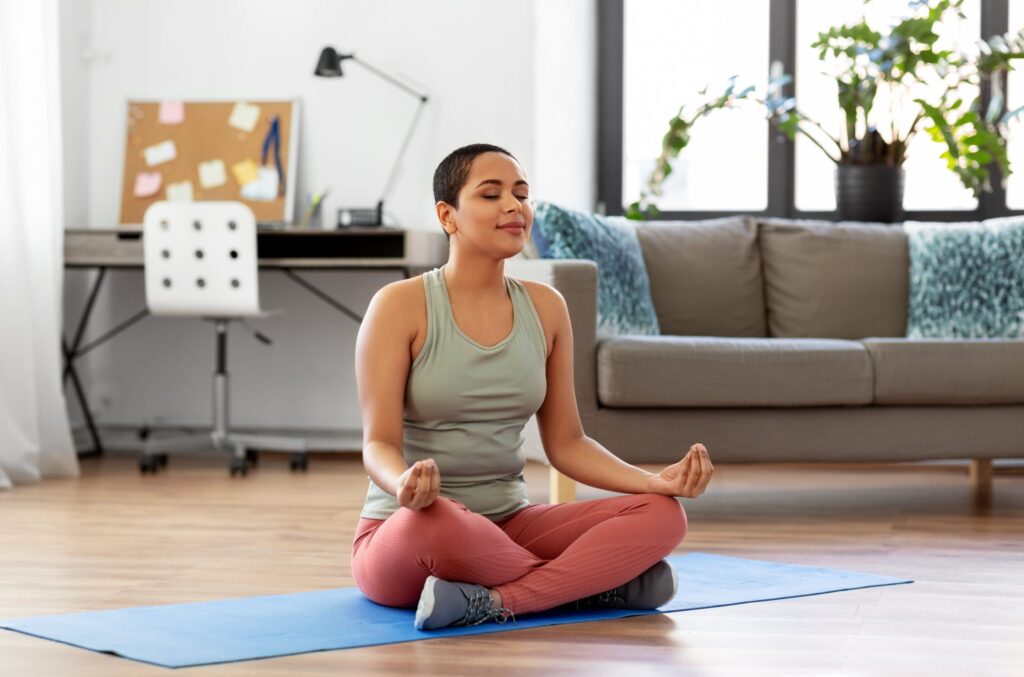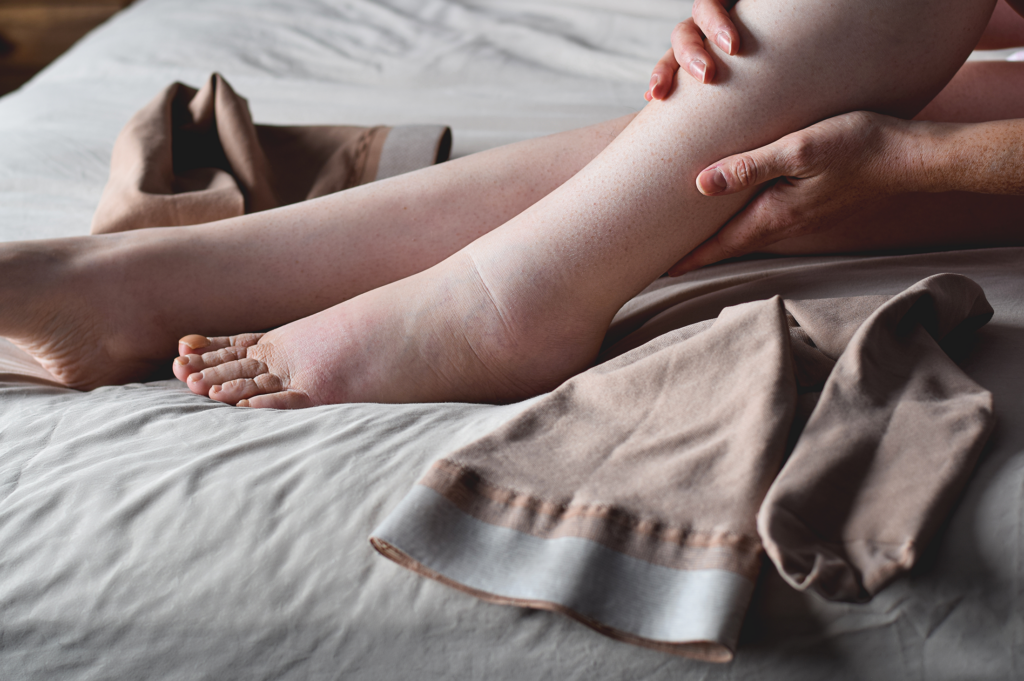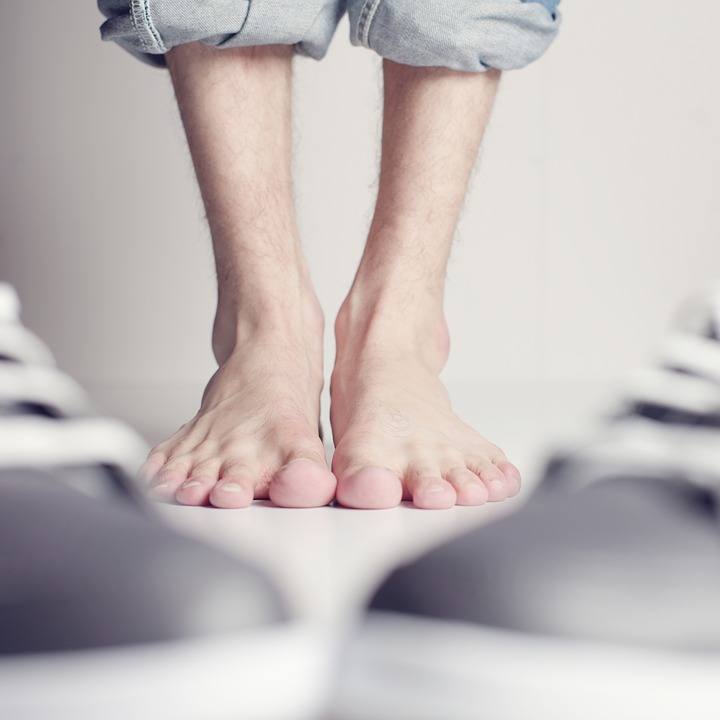
Top 5 Exercises To Combat Age Related Balance Deficits

Static- Balance Stand With Your Feet Together At A Countertop
Keep your feet together as close together as you can make them. Utilize a counter for safety reasons in case you need support for balance. Try to place equal weight between both feet. Stand for 30 seconds with your eyes open, then 30 seconds with your eyes closed which should feel more difficult. Always have a loved one near by if you feel unsteady for safety.
Static Balance – Stand with one foot in front, one in the back (staggered stance)
You want to keep some width in between your feet, not like a tightrope. Again, stand at a counter for safety. Try to place equal weight between both feet. Stand for 30 seconds with your eyes open, then 30 seconds with your eyes closed. As this gets easier and easier, you should reduce the width in between your feet, mimicking more of a tightrope position.
Balance On One Leg
Stand at a counter for safety. Balance for 30 seconds eyes open. When you are ready to progress to eyes closed, you may.
Dynamic Balance- Single Leg Clocks
Performing standing on your left leg-
- move your right foot to the front, then back to center
- move your right foot to the side, then back to center
- move your right foot to the back, then back to the center
Repeat 5-10 times depending on your endurance. Repeat on the other leg.
Dynamic Balance- Alternating Toe Taps
Find a surface like a step and gently alternate tapping each foot on the step 10-20 times depending on your endurance. Hold on for support as needed for safety. You want your taps to be light vs a stomp.
Overview
Safety with these exercises is most important. Even if you feel comfortable performing the above exercises without holding on to anything, it is still a good idea to stand near hand support just in case. You only want to hold on to something with as little hand grip as you need. One hand vs two, vs only fingertips. You want these exercises to feel somewhat challenging but not so much that you feel you will fall. These exercises will target your three main systems of balance that tend to degenerate as you age, to help improve your stability and reduce your risk of falls. Always have a loved one nearby if you feel unsteady for safety.
Please call Aquacare Physical Therapy at any of our Maryland or Delaware offices to set up an evaluation or free consultation to address your balance deficits.
Written by Marisa Newcomb, PTA at Aquacare Physical Therapy’s Millville, DE office.

